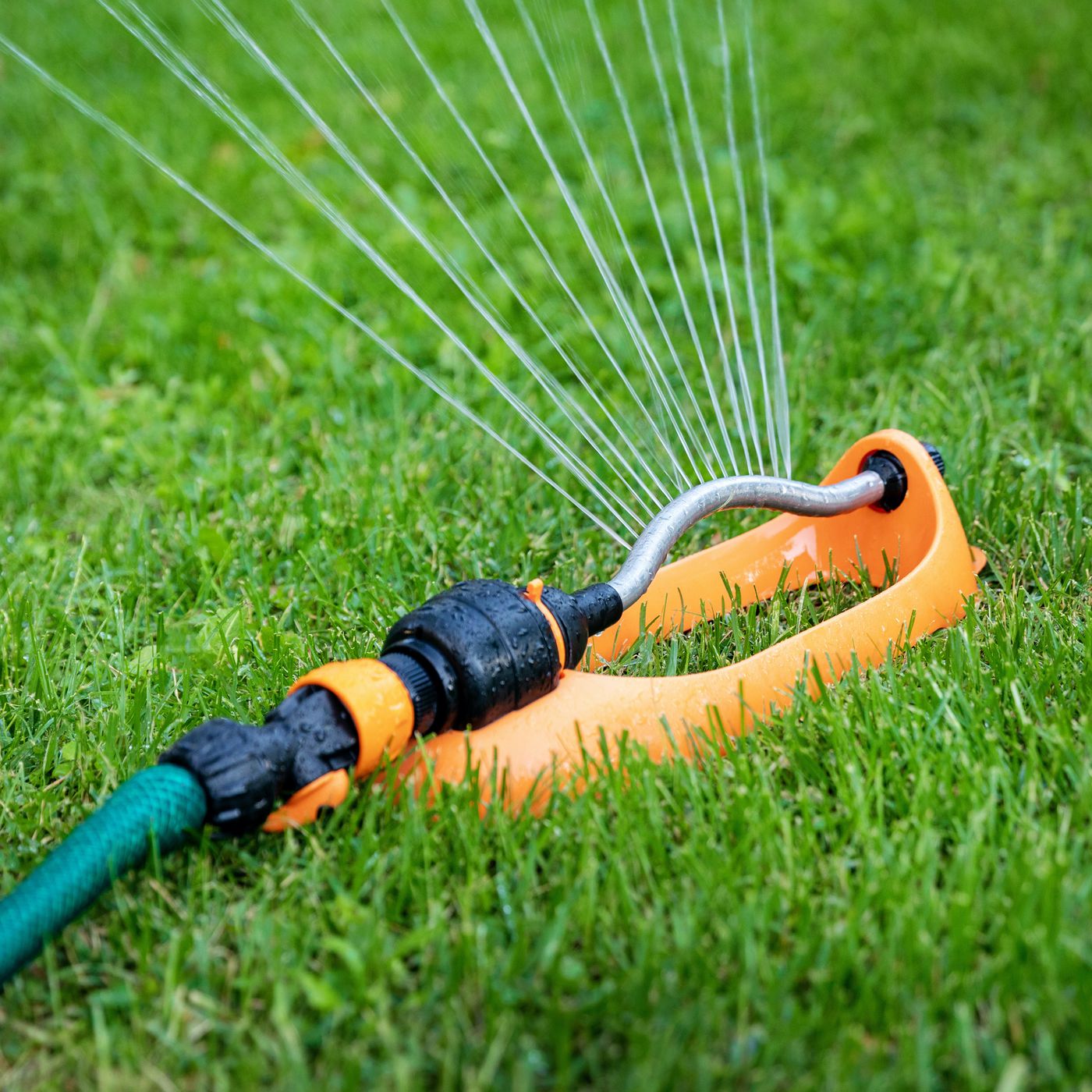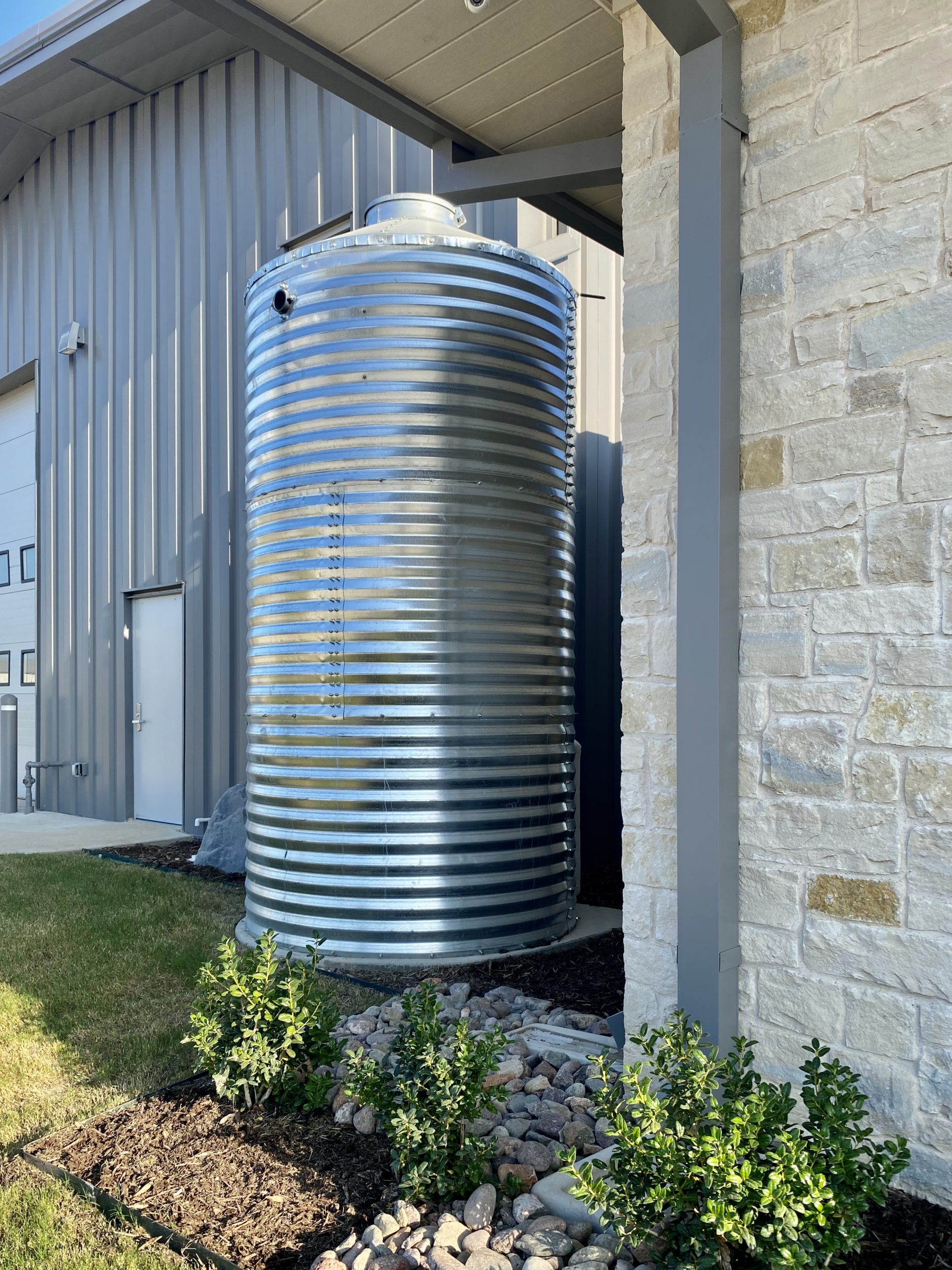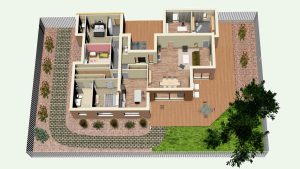
Water Conservation and Protection

Efficient Irrigation Techniques
Healthy, properly irrigated lawns rarely need more than one inch of water per week during the summer months. The best time to water all landscape plant material is early morning or late evening when winds are calmer and temperatures are lower, resulting in less water loss to evaporation. A good rule is to wet the soil to a depth of 4 to 6 inches to reach the root system of the plants. With careful timing of zone watering and proper selection of spray nozzles, sprinkler systems can be adjusted to water in a reasonably efficient manner. Monitor the zone settings and adjust throughout the year to meet changing weather conditions and landscape needs.

Rainwater Harvesting
Rainwater harvesting is the capture and storage of rainwater for landscape irrigation, potable and non-potable indoor use, and storm water abatement. Rainwater harvesting is enjoying a revival in popularity for two reasons: its inherently superior quality and an interest in reducing consumption of treated water. Rainwater has long been valued for its purity and softness. It is slightly acidic, and is free from disinfectant by-products, salts, minerals, and other natural and man-made contaminants. Furthermore, rainwater harvesting is valued as a water conservation tool to reduce demand on more traditional water supply sources. Learn more about rainwater harvesting by visiting the PGCD Rainwater Harvesting webpage.

Water Reuse
Water reuse is the practice of using treated wastewater for a beneficial purpose. The Texas Administrative Code (TAC) defines reclaimed water as “domestic or municipal wastewater that has been treated to a quality suitable for a beneficial use” (30 TAC §210.3). Learn more about water reuse here.


Water Calculator
The Water Calculator estimates household water use, and compares your home to both a typical household and an efficient household in your zip/postal code. The calculator also estimates your carbon footprint from hot water consumption, and helps identify specific strategies for improving overall household water efficiency. Ready to save water and lower your water bills? The Water Calculator gets you started right away. Click HERE to start Now!

Dispose of potential pollutants properly:
- Do not pour chemicals down the drain or on the ground
- Take used motor oil to a recycling center
- Do not flush medications or personal care items down the toilet

Keep the storm drains clean:
- Sweep grass clipping, fertilizers and leaves from driveways, sidewalks and streets
- Don’t over fertilize
- Install a rain garden

Be conscious of the water you use and conserve whenever possible:
Check for leaky faucets and have them fixed
- Keep a pitcher of drinking water in the refrigerator
- Shut off the water while brushing your teeth
- Take shorter showers
- Run full load of dishes and laundry
- Water lawn and plants only as needed
- Install rain barrels
The District provides many resources for education, public relations and outreach initiatives. Please contact us for more information.
